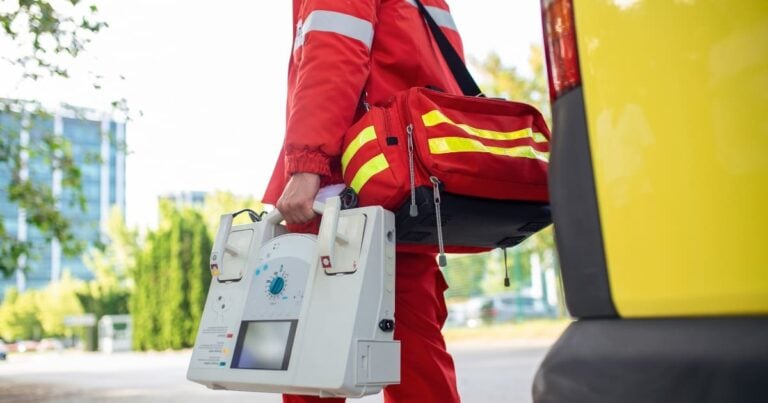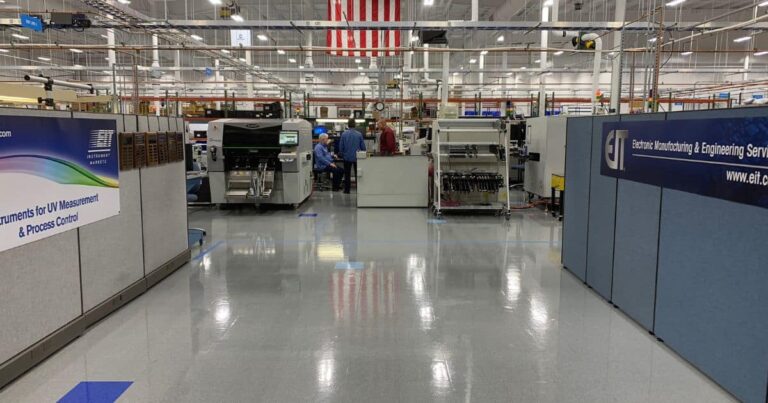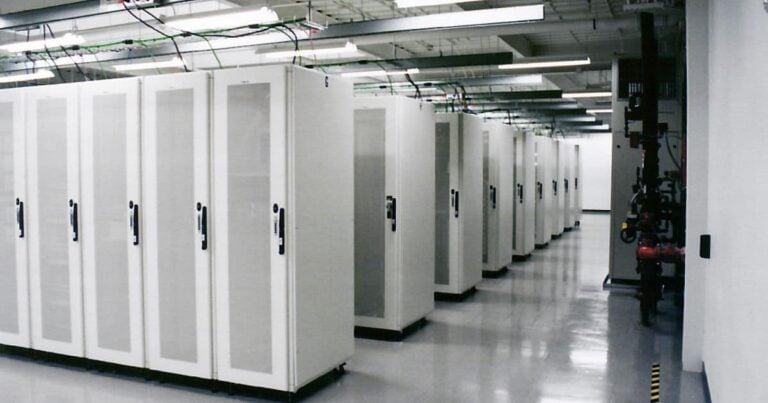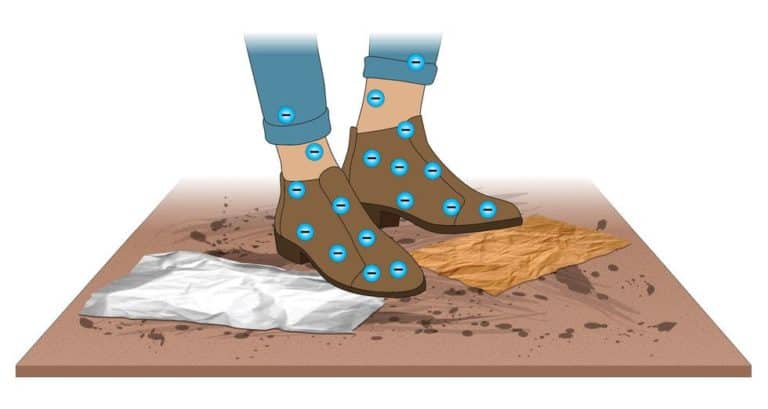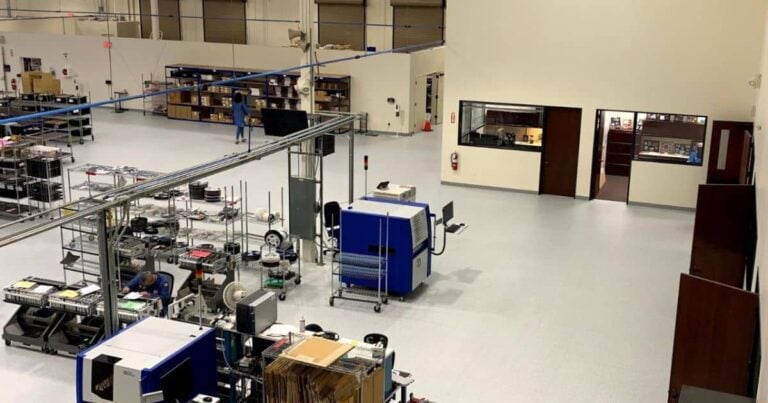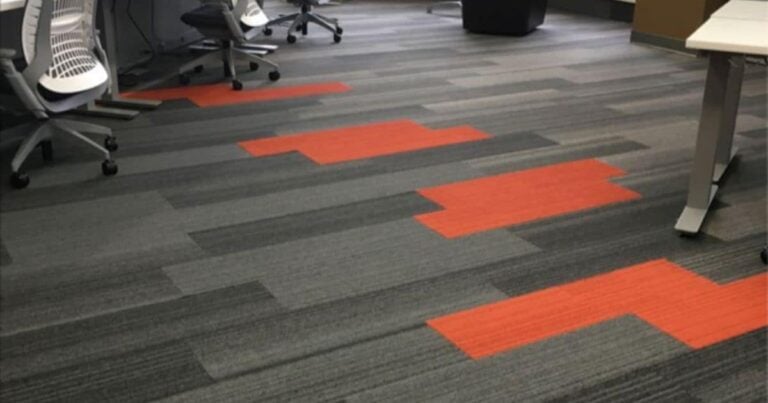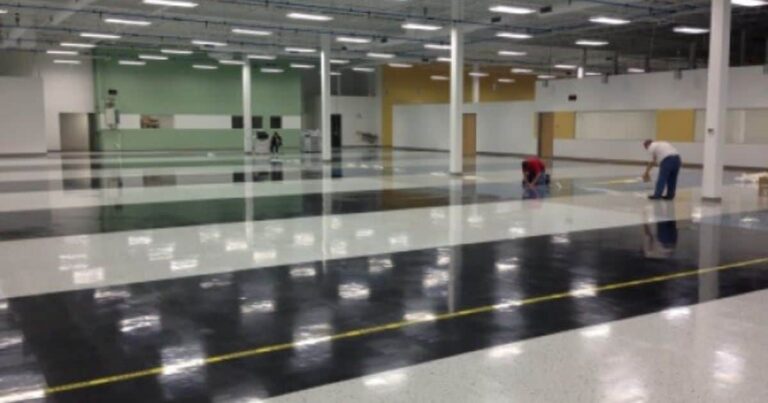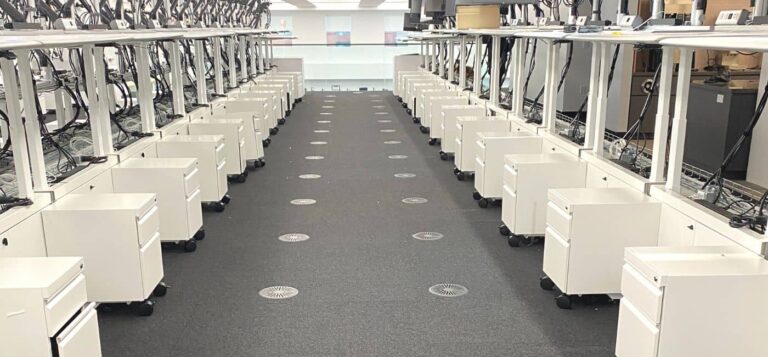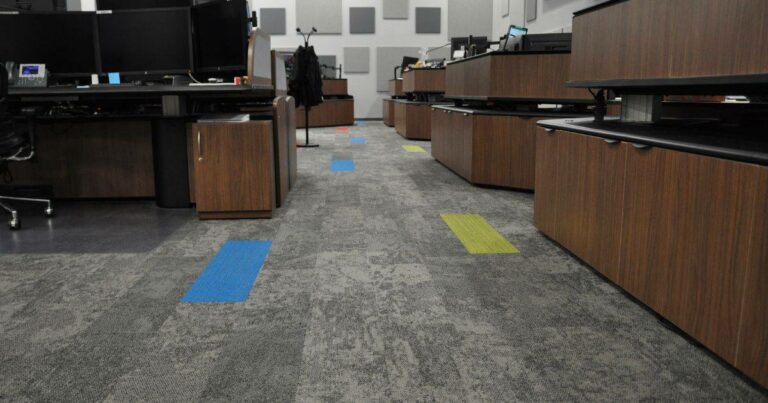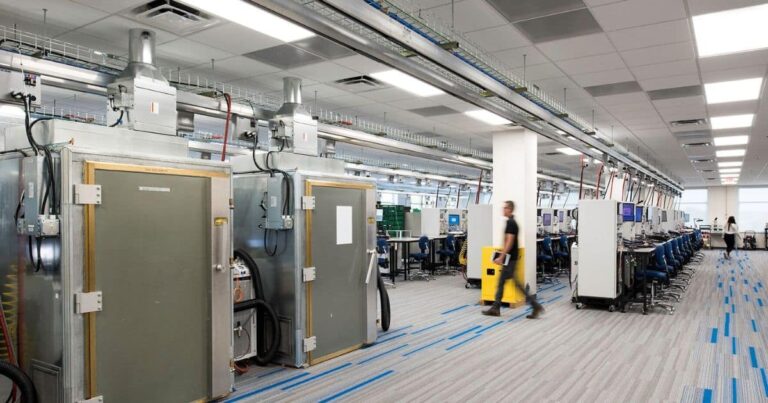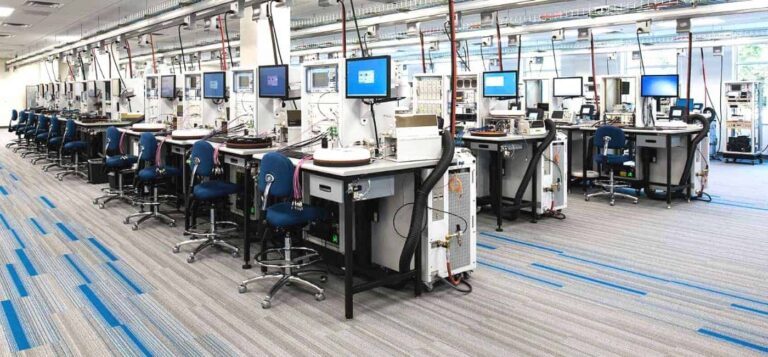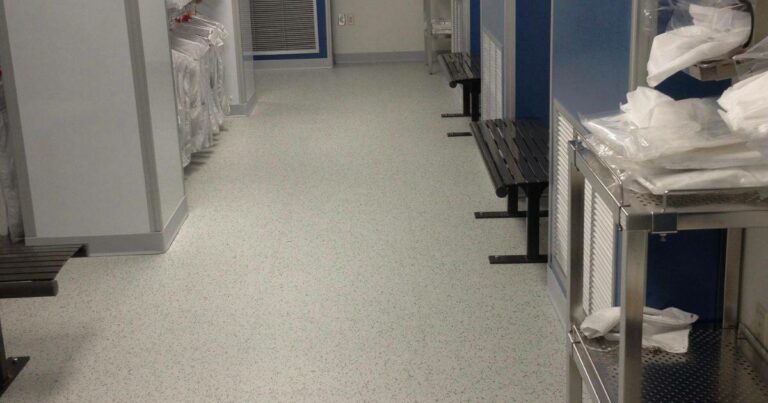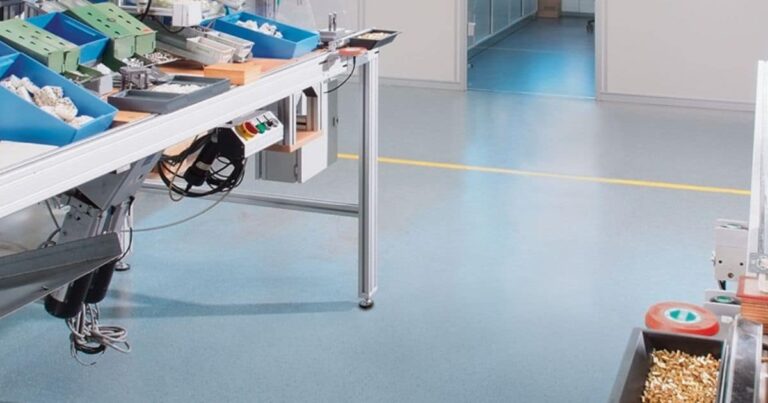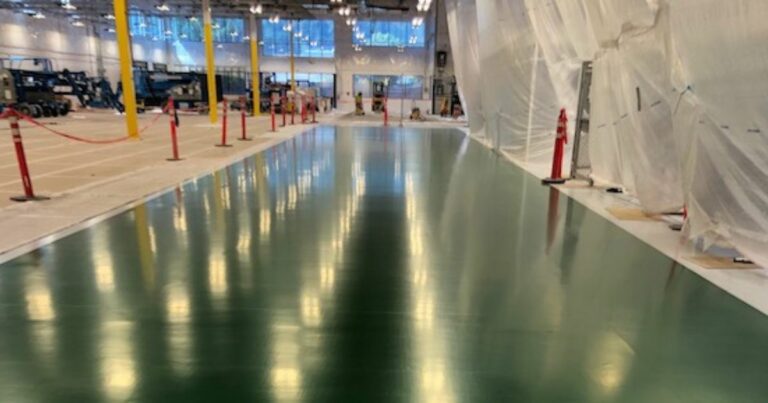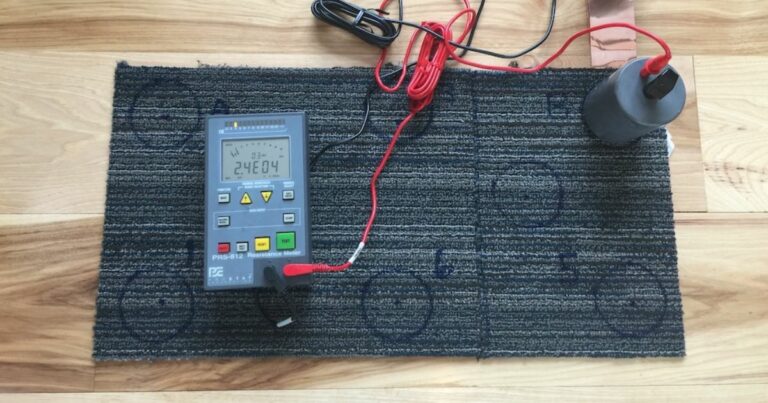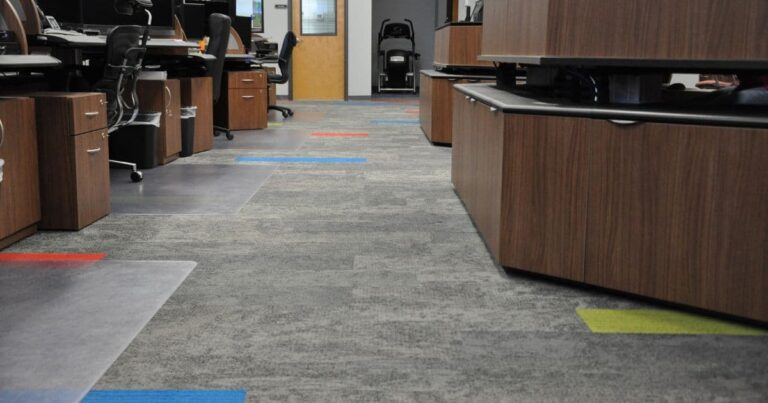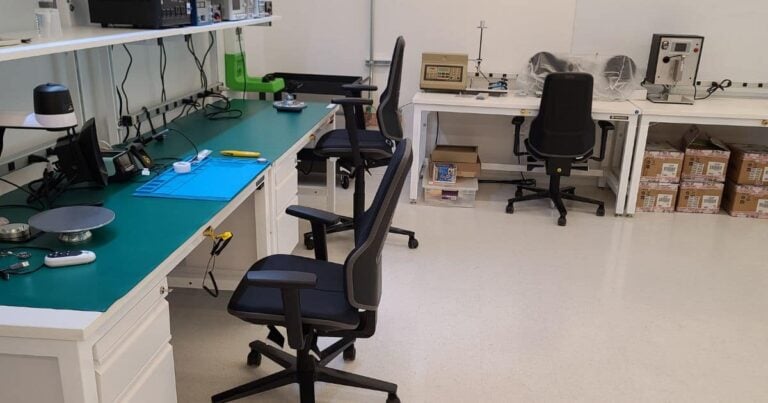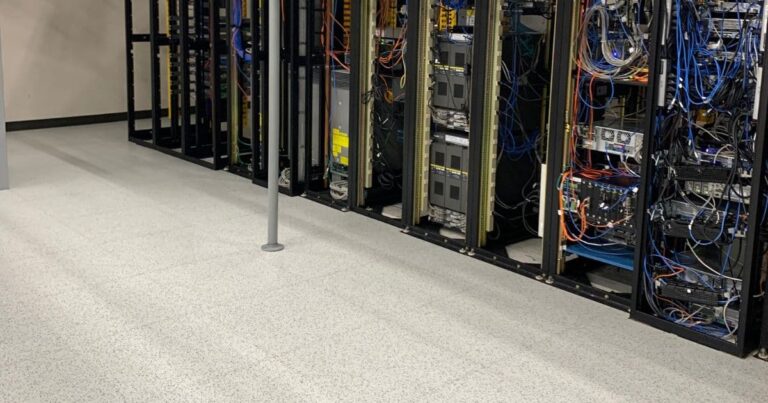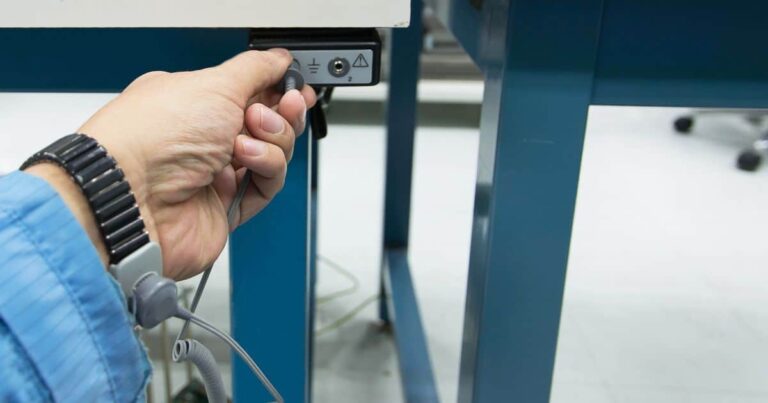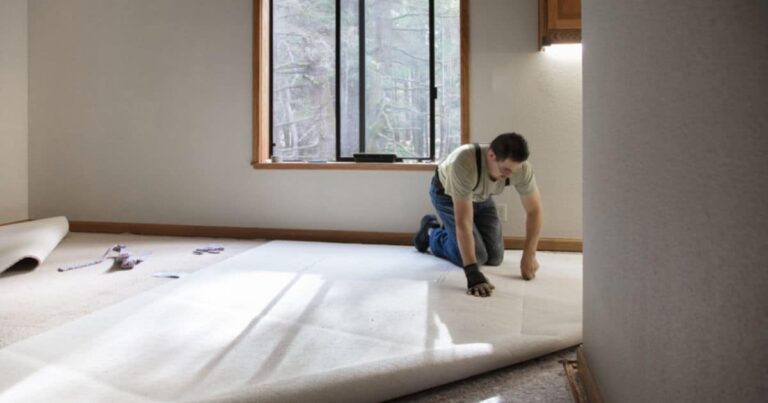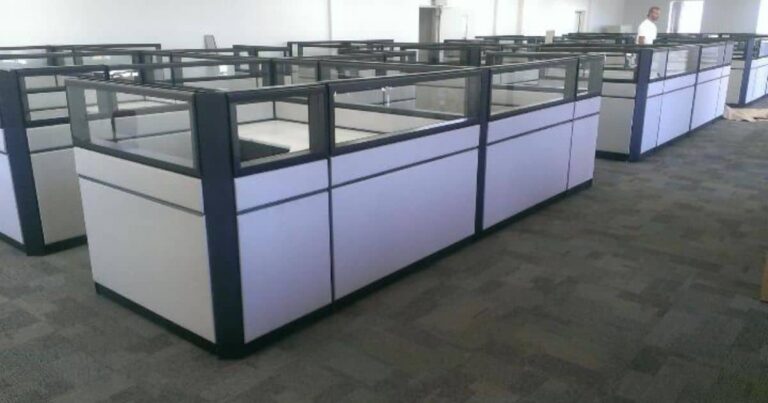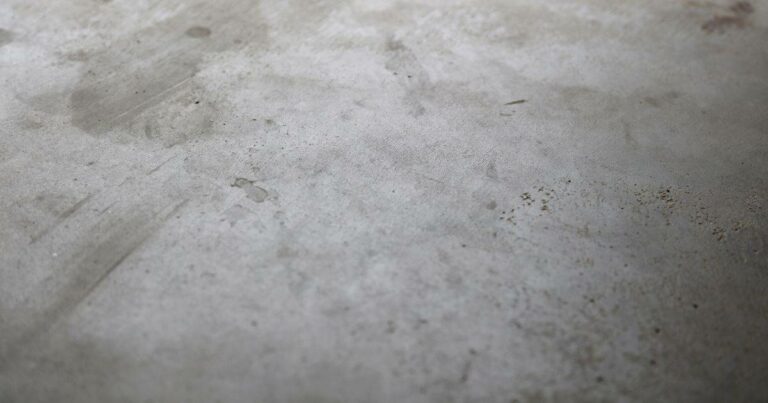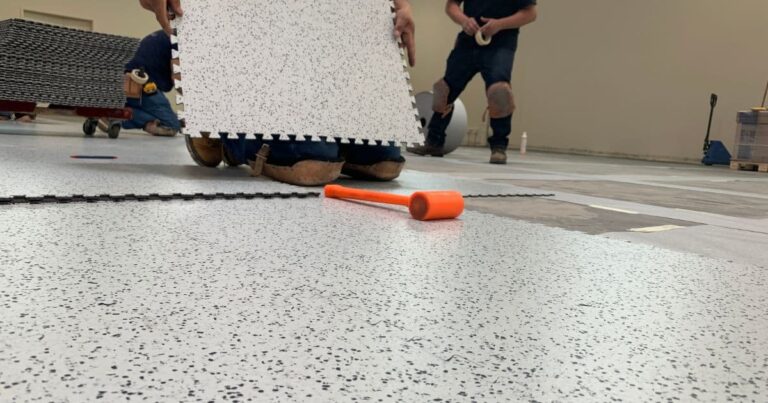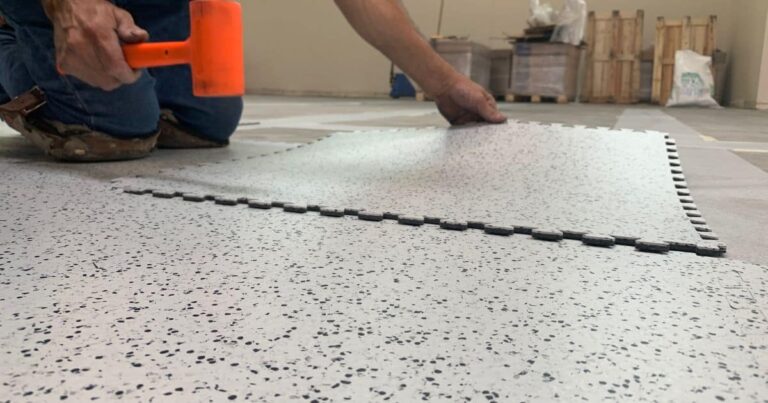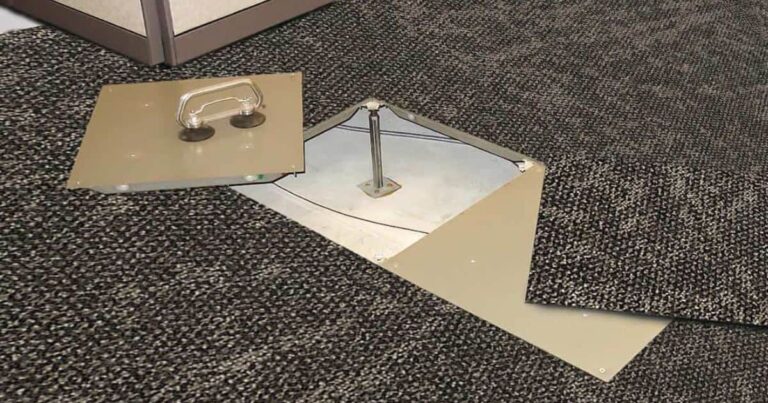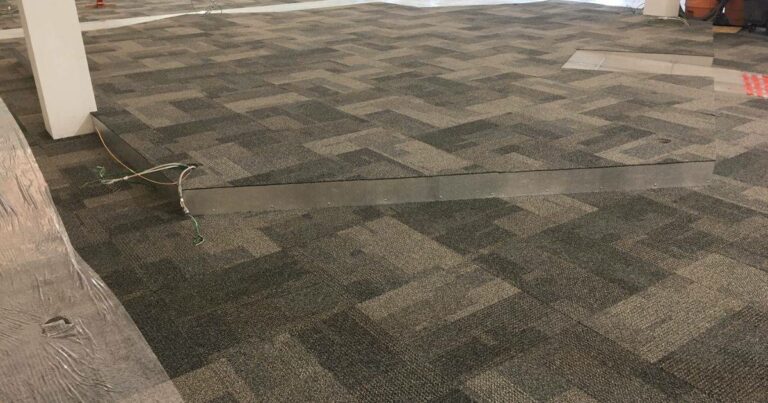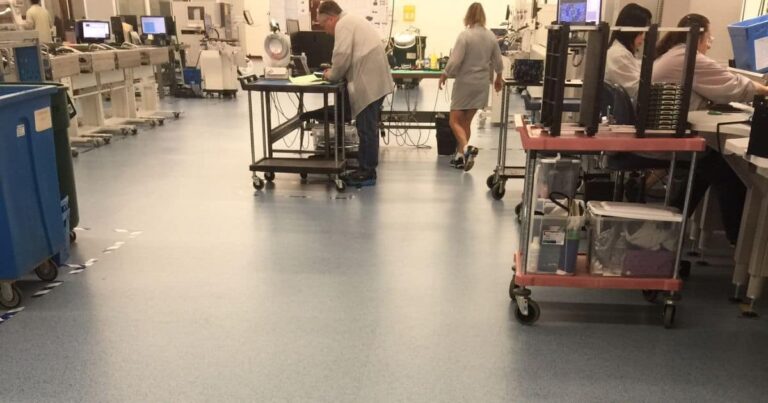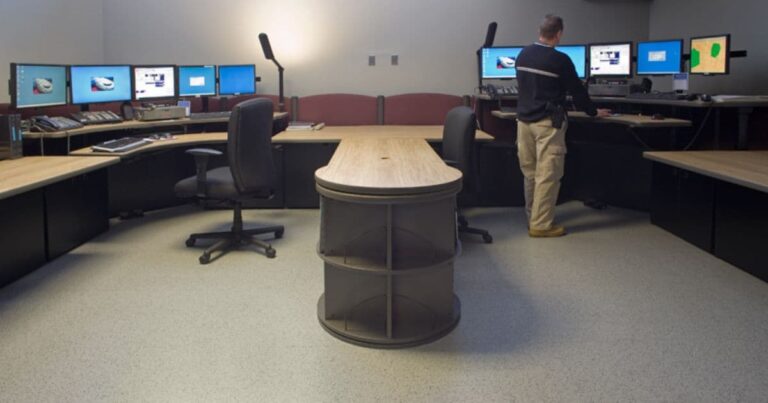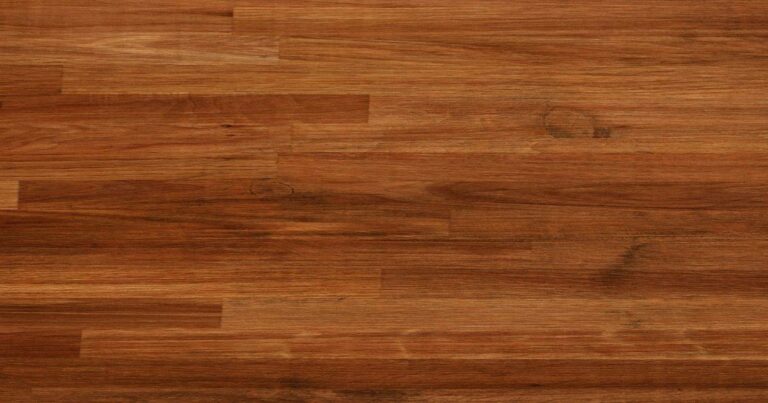FAQ: Where is static-dissipative flooring typically used?
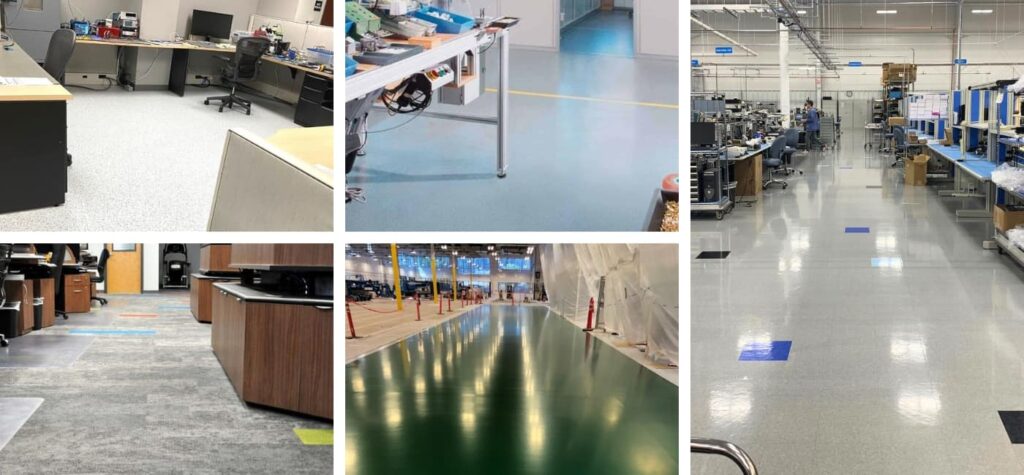
Static-dissipative flooring is used in facilities where people use sensitive electronic components to do their jobs and the facility relies on electronic equipment for their core mission. Examples include: PSAPs, critical call centers, financial institutions, networked government offices, media and IT rooms, and many other end-user spaces. Some companies that manufacture or handle electronic components, as well as some labs and cleanrooms use static-dissipative flooring, but many prefer floors measuring below 1.0 x 10E6.
More FAQs
Learning Center Articles
- ESD Basics
- Installation & Maintenance
- Selecting & Specifying an ESD Floor
- Technical Information
- 7 Common Mistakes Selecting an ESD floor
- A Guide to ESD Flooring Selection
- Avoid Costly Failures: What You Need to Know When Specifying ESD Flooring
- Choosing ESD Flooring for:
- ESD Footwear: What Is It and When Is It Necessary?
- ESD Footwear for Electronics Manufacturing and Handling Applications
- Facility Managers’ Guide to Selecting ESD Flooring
- The Need for Due Diligence in Specifying Static-Free Flooring
- Standard of Care for Specifying Floors in Mission-Critical Spaces
- Understanding the Hidden Costs of ESD Flooring

StaticWorx high-performance static-control floors protect electronic components, explosives, and high-speed computers from damage caused by static electricity. ESD flooring is part of a system. Choices should always be based on objective, researched evidence. When you partner with us, we look at all possible items that may need to integrate with the floor, and, focusing on your goals and objectives, help you find the right floor for your application.




